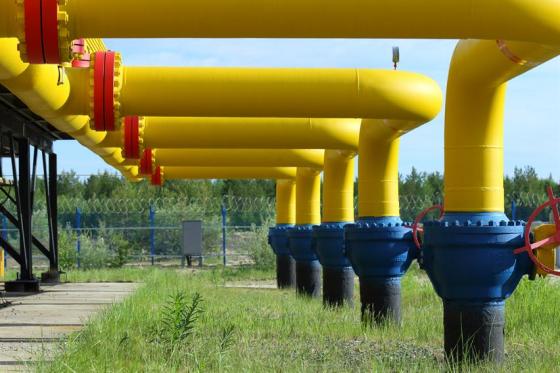Tariffs
Tariffs
What is it about?

The Network Code on Harmonised Transmission Tariff structures (NC TAR) ensures a transparent process for setting non-discriminatory tariffs with a focus on different kinds of users. The NC TAR increases competitiveness in the EU by requiring network users to be charged efficiently with incurred network costs in a non-discriminatory way, and by enhancing cross-border trade, fostering competition on the gas commodity market and higher price pressure.
The NC TAR fosters market integration by facilitating cross-border trade thanks to a higher consistency between national tariff structures and the publication of reliable tariff methodologies. The NC TAR should also improve transparency on tariffs and facilitate the active participation of stakeholders in public consultations. These consultations have increased a shared understanding of tariffs and allowed network users to anticipate tariff changes.
Tariffs
How is the Code implemented?
Transmission system operators (TSOs) and national regulatory authorities (NRAs) are obliged for transparency reasons to publish the national tariffs and the elements used to calculate them. The Code also imposes TSOs and NRAs to carry out a consultation on the reference price methodologies used to calculate the tariffs. This demanding process started in 2017 with deadline on 31 May 2019, which was met by most Member States. As a result, tariff transparency improved across the EU.
Tariffs
What does ACER say?
ACER has to analyse whether each of the consulted tariff methodologies complies with the NC TAR principles. There reports are published individually and contain country-specific comments and recommendations. ACER completed a report on the TSOs' allowed revenue and will complete further work on the multipliers used to calculate tariffs.

